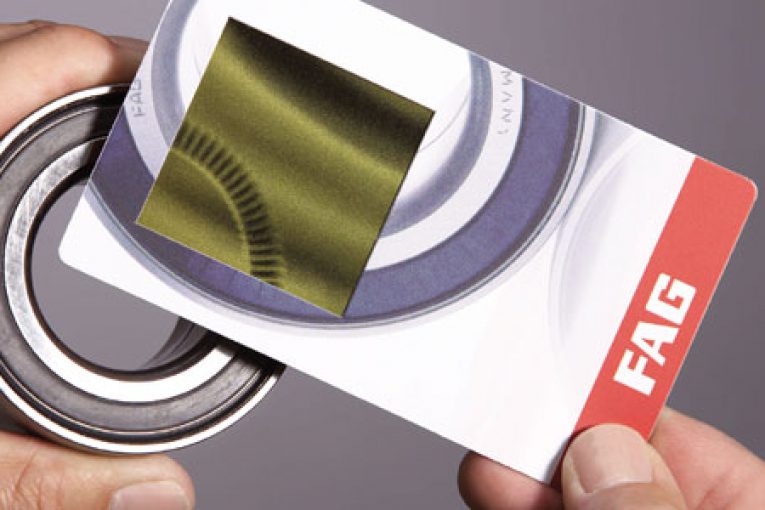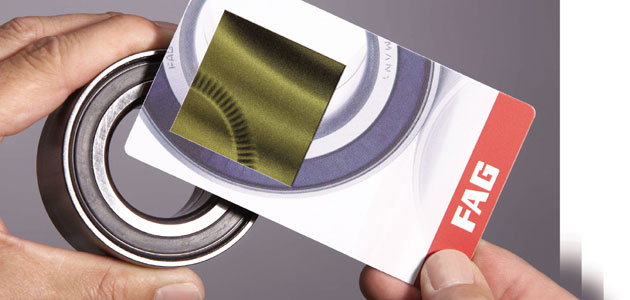
Did you know that there is a lot more going on inside the modern wheel bearing than just balls or rollers? To offer evidence, many FAG wheel bearings now incorporate magnetic encoding technology that provides essential data to various vehicle safety systems, helping drivers keep control of their vehicle in hazardous conditions.
“Many modern safety features that we take for granted rely on data fed from the wheel bearing encoder.” – Malcolm Short, Technical Services Manager at Schaeffler Automotive Aftermarket

The encoders found in modern FAG wheel bearings provide data for the following safety-critical systems:
ABS (Anti-Lock Braking System)
Prevents wheel lock-up by continuously comparing wheel speed data. If wheels lock up the brake pressure is released electronically, allowing the wheels to rotate and vehicle control to be restored during harsh braking.
Torque Vectoring (YAW Control)
In modern automotive applications differential torque vectoring is employed to vary the power that is applied to each wheel by monitoring rotational speeds and steering angles from the wheels.
Stability Management Systems (ESP, DSC, TRC, ASR)
This works continuously whilst driving by taking data from speed sensors to control systems such as Electronic Brake Distribution – to aid vehicle control in the event traction loss when cornering – and steering angle sensors – to relay the steering wheel angle and direction of the vehicle.
Speedo/Cruise Control
Modern vehicles now have electronic speedometers that are operated from the signal generated by the magnetic pulse from the encoder built into the seal on the wheel bearing. Cruise control will use the data to electronically maintain vehicle speed, with the same technology used in vehicles fitted with speed limiters.
Distance Control/Automatic Braking/Park Assist
In conjunction with front and rear sensors, or a front mounted camera, speed can be either reduced or increased by applying the brake or throttle to maintain the distance between the driven vehicle and the vehicle in front. Park assist also uses speed data from the wheel bearing, along with the steering sensor and front and rear parking sensors on the vehicle.
Hill Start
The magnetic poles in the wheel bearing work from 0mph. Hill start is monitored from this data and the brakes are electronically applied until the accelerator is depressed.
Hill Descent
Some modern day all-wheel drive vehicles are now fitted with a ‘hill descent’ option, which controls the speed of each wheel whilst applying even brake pressure to maintain safe control of the vehicle.
Sat Nav/GPS
Accurate wheel speed data supplied to these systems allows information to the driver to be relayed. This includes arrival times and current speed, even when working at low speed or during a loss of the GPS signal.










